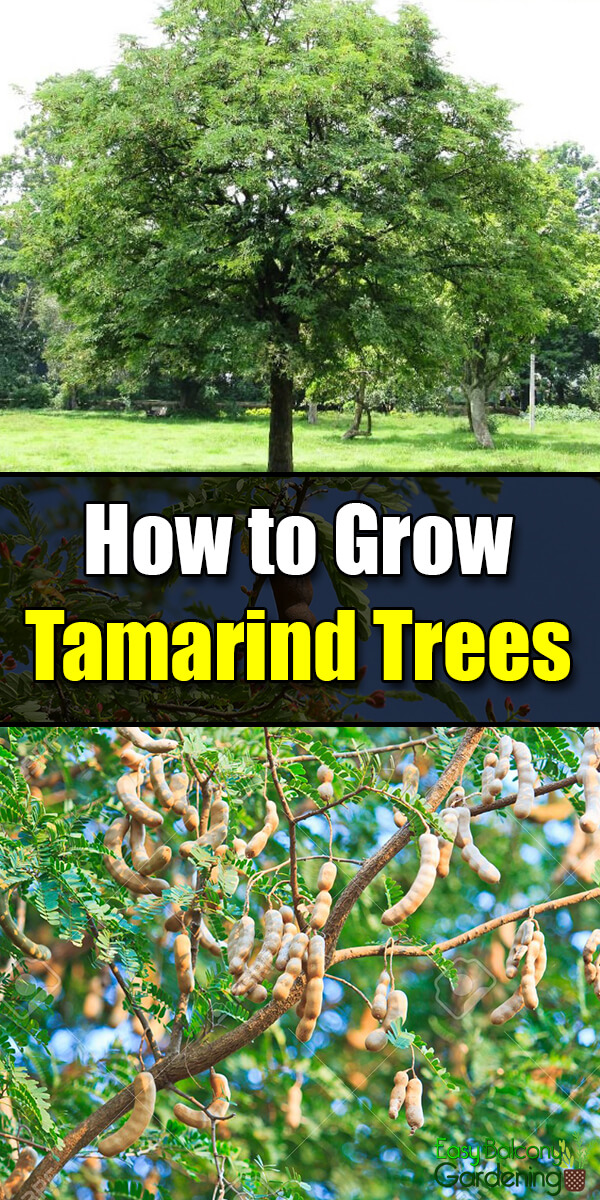The tamarind tree is native to Africa, is from the bean and pea family, and is grown both as a fruit and shade tree. Its yellow-orange flowers are quite attractive. The tamarind tree grows well in semi-dry tropical climate as well as in humid tropical areas. It can develop up to 25m tall, with 3” – 8” brown pod-like fruits. The tamarind tree was introduced in America in the 16th century, and is extensively cultivated in Mexico.
Uses of the Tamarind Tree
Latin American and Asian recipes use the tamarind tree fruit pulp as a spice. It is also an ingredient in popular sauces like the Worcestershire Sauce. In Thailand, there is a special variety that can be consumed as fresh fruit. Its seedpods are used as flavor for vegetable and meat dishes. Roasted tamarind seeds have been known as coffee substitutes. As a folk medicine, these roasted seeds are eaten whole to prevent and cure intestinal parasites. The leaves, pulp, and bark of the tamarind tree are used in the Philippines for medical purposes: malaria fever, gastric and digestion problems. The tamarind is gaining wider recognition as a diuretic and laxative. The tamarind trees are also employed to make polish carvings, glue, and dyes.
Benefits of the Tamarind Tree
The tamarind is an important tree. It produces fruits that are rich in potassium, phosphorus, minerals, magnesium, and calcium, and high amounts of carbohydrates and essential amino acids. It also has vitamin C and trace amounts of vitamin A and iron. Over all, the tamarind contributes a great deal as a natural aid to the development of a healthy body.. The seeds, when boiled to soften it for grinding, can be used as feed for livestock. The leaves, although utilizable as animal feed, are seldom used for that purpose. Harvesting the leaves significantly affects the tree’s fruit yield.
Propagation
You can propagate tamarind using the seeds or the shoots from the tree. The seeds have a hard coat and you will have to treat it to assist with the germination. Make shallow incisions through the seeds and cut off their edges. Soak the seeds in clean water for a whole day. With shoots, collect them in the early morning. You will have better rooting success if you select new shoots, and only from branches that display only green colors. Have a moist cloth ready to wrap the new shoots to protect them from drying. In choosing the tree for seeds and shoots, select one that is mature, about 15 years old, bears pods every year, has a strong trunk, good crown, and with no signs of infestation.
Cultivation
Due to its size, the tamarind tree is not suitable for container planting. Plant the treated seeds, in full sun, no more than 2 cm deep prepared holes that are about 3cm apart. Use topsoil mixed with compost to fill the holes. Keep the topsoil moist but not wet. If your seeds are good and you plant them at the right depth, you should see shoots above the soil in about four weeks. The mature trees can tolerate well-drained, slightly acidic soil. Avoid over-watering to prevent soggy soil. The tamarind requires dry weather when fruiting. It is sensitive to frost. Fertilize the young tamarind trees with 1/4 lb of 6-6-3 NPK about every two to three months. Gradually increase to 1/2 lb. Bearing tamarind trees would require 8-3-9 proportions. Otherwise, according to the age of the tamarind tree, use one half pound of 6-6-3 NPK per year of its age.







